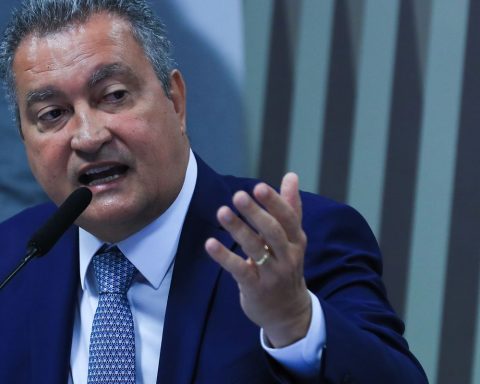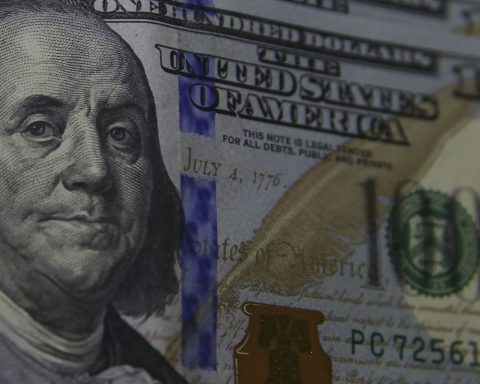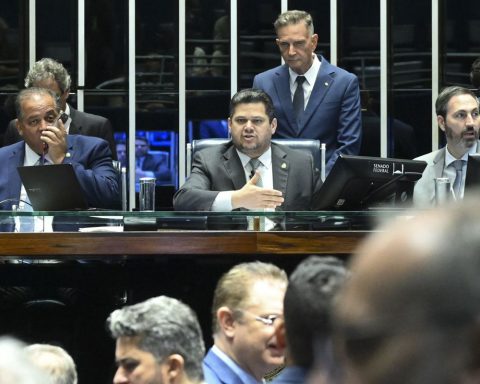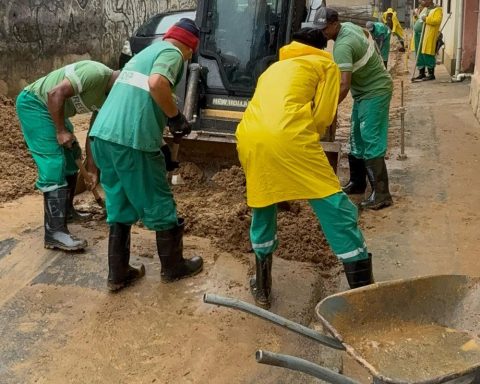With the definition in the second round of the last seats to command the state executives, which had some senators in the dispute, the PL, the party of President Jair Bolsonaro, confirmed the largest bench. As of the next legislature, there will be 14 senators. The acronym is followed by the PSD, with 11; by MDB and União Brasil, with 10 each; and by the PT, with 9. Together, these five benches will have two-thirds of the seats in the Senate.
Projections for the next legislature consider current party affiliations, and could change if there are party changes among senators before the start of the year. In its new configuration, the distribution will be more concentrated.
Of the 15 benches represented in the House, five will be larger with at least 10% of the composition (9 senators). There will be 54 senators gathered in these five benches, or two-thirds of the parliamentarians. At the beginning of 2022 there were only three large benches, which totaled 36 senators.
In the legislature, having 10% of the Senate seats gives the party several regimental prerogatives. One of them is to take to the plenary projects that would only be voted on by the commissions or to support proposals. If a party has this minimum number of senators, it can activate these prerogatives alone, without depending on agreements with other parties.
States
In the second round, five senators – Eduardo Braga (MDB-AM), Marcos Rogério (PL-RO), Rogério Carvalho (PT-SE), Rodrigo Cunha (União-AL) and Jorginho Mello (PL-SC) – ran for the position of governor of their states, but only the one from Santa Catarina won the local dispute. He will be replaced by the alternate Ivete da Silveira (MDB-SC).
The election of a single senator as governor is unprecedented since 1982, when direct elections for state governments were re-established. Until now, all elections had seen at least two senators assume the command of the Executive in their unit of the federation.
Renovation
With only one midterm senator elected to a state government, the renewal of the Senate’s composition for 2023 will also be the smallest since redemocratization. In total, 23 senators, or 28.4% of incumbents, will not return in 2023. This number is made up of 14 who did not seek reelection, 8 who tried and failed and one who will assume a state government.
Despite this, the renewal of terms in dispute was high, sustaining the trend that started in 2018. The reelection rate for the Senate was 38.5%. Since the country’s redemocratization, it is the first time that two consecutive elections have resulted in less than 40% of senators renewing their mandate.
*With information from the Senate Agency

















